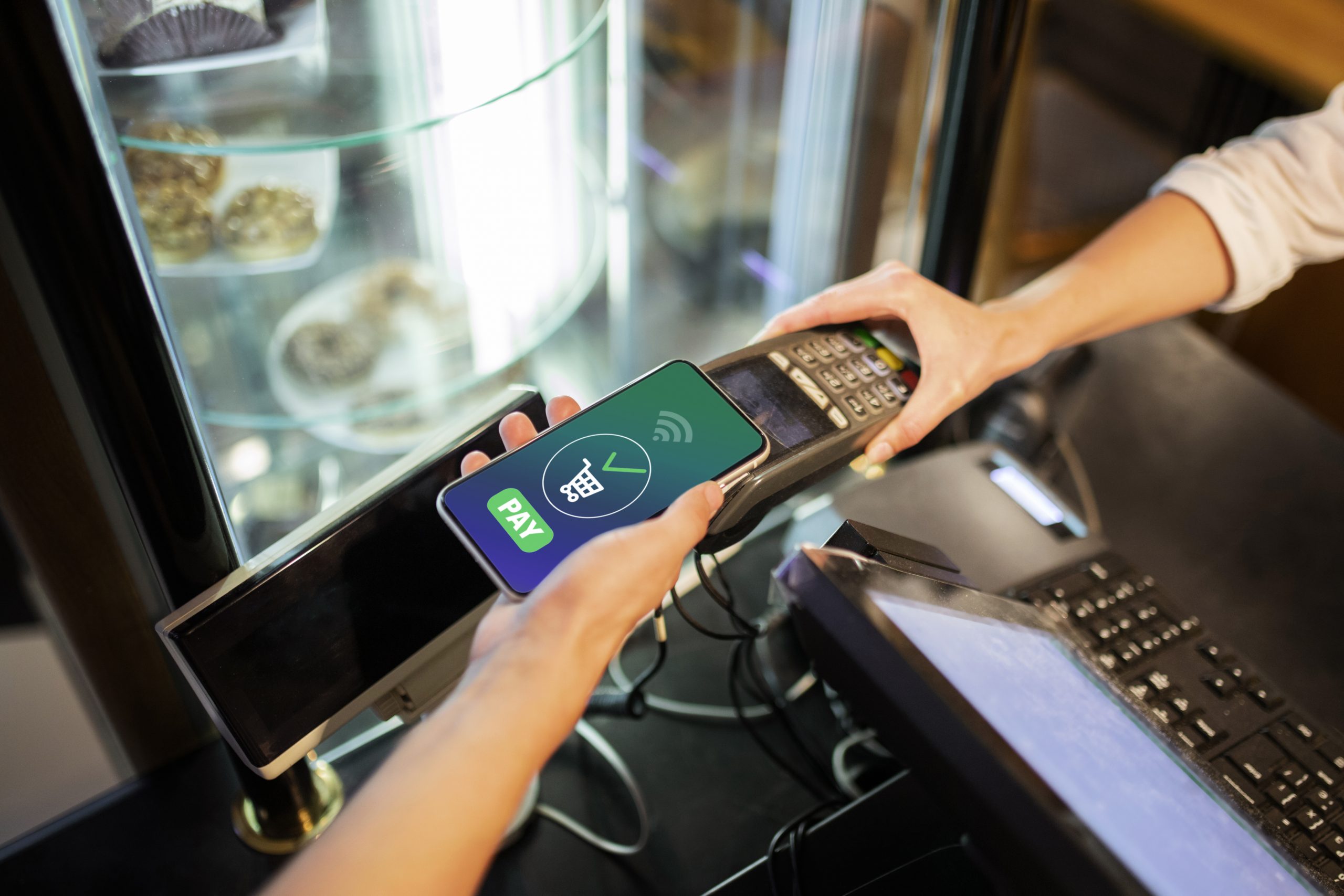Address: 119 Bd de la Résistance, Casablanca 20000
Opening hours :Mon - Fri: 9am-12.30pm and 2pm-6pm Sat: 9am-12pm
Address: 119 Bd de la Résistance, Casablanca 20000
Opening hours :Mon - Fri: 9am-12.30pm and 2pm-6pm Sat: 9am-12pm

Foreign companies can enter Morocco’s payment services market by following a clear five-step process: understand regulations, set up a local structure, secure a license from Bank Al-Maghrib, build infrastructure, and launch operations. Since the market liberalization in May 2025, opportunities have multiplied, making Morocco one of the most attractive fintech destinations in Africa.
Morocco’s electronic payments landscape is undergoing a historic transformation. On May 1, 2025, the market officially opened to multiple operators, transitioning from a long period where the Centre Monétique Interbancaire (CMI) played a central role in managing interoperability and merchant relationships.
With contactless, QR-based, and mobile payment solutions on the rise, Morocco is paving the way for financial inclusion, especially for small businesses and remote regions.
The Moroccan payments ecosystem is tightly regulated, ensuring transparency and security.
Pro Tip: Seek guidance from local advisors.
To operate legally as a payment institution, foreign companies must establish a Moroccan presence.
Licensing is the gateway to operating in Morocco’s payment ecosystem.
Timeline: 3–6 months depending on completeness and BAM review.
Once licensed, companies must ensure operational readiness.
With approval and infrastructure in place, the focus shifts to execution.
👉 Insight: Statista – Morocco Digital Payments Market.
Opportunities
A minimum of MAD 6 million (~US$600,000) is required, increasing to MAD 10 million for advanced services.
Not mandatory, but partnerships with Moroccan banks or fintechs can streamline licensing and accelerate market entry.
Typically 3–6 months, depending on documentation and regulator feedback.
Mobile payments, SME solutions, and expansion to rural populations are key growth areas.
Consult the Competition Council and Bank Al-Maghrib websites for official updates.
The Step-by-Step Guide for Foreign Companies to Enter Morocco’s Payment Services Market shows that while the path requires planning, compliance, and investment, the rewards are significant. With a market projected to grow rapidly and full liberalization by November 2025, foreign players who act early can secure a strong position in Morocco’s fintech ecosystem.
At BH Adviser, we guide investors through company setup, tax optimization, licensing, payroll, and industrial compliance so your project can start smoothly.